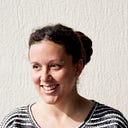The Women Behind the Beat Writers
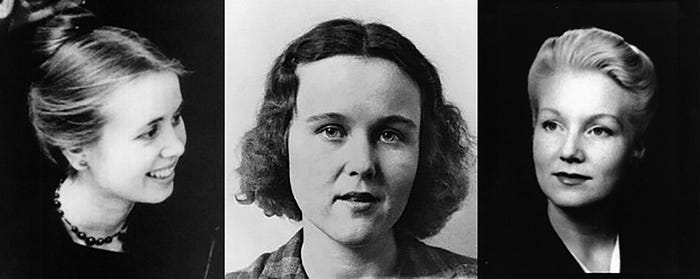
Although the Beat Generation was most famously known for its male writers, artists and poets, there was also a group of women who played a major part in the movement and the lives of great men like Jack Kerouac, William S. Burroughs, Allen Ginsberg and Neal Cassady.
[This post may have affiliate links, which means I may receive commissions if you purchase through links I provide.]
Meet the Women Behind the Original Beat Writers
Edie Kerouac Parker
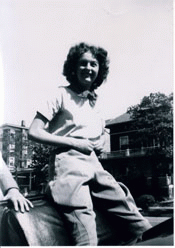
Edie Parker was born in 1922 and as a young woman, attended Columbia University. In the early 1940s, she met Jack Kerouac through then-boyfriend Henry Cru; the two men were old merchant seaman friends.
Around this time, Parker met Joan Vollmer, a fellow student, at the West End Bar in New York and the women became roommates. Along with Kerouac, Allen Ginsberg and William S. Burroughs soon became regular visitors at the apartment.
In 1944, Kerouac was arrested as an accessory after his friend, Lucien Carr, murdered David Kammerer. Since his own father refused to bail him out of jail, Kerouac agreed to marry Parker if her parents would post bail. They were married at City Hall on Aug. 22, 1944. She was Kerouac’s first wife.
The marriage didn’t last long and was later annulled, but Kerouac and Parker remained friends until his death in 1969. Parker died in 1993.
Although Parker did not write anything at the time of the Beat movement, she would later publish You’ll Be Okay: My Life With Jack Kerouac.
Joan Vollmer Adams Burroughs
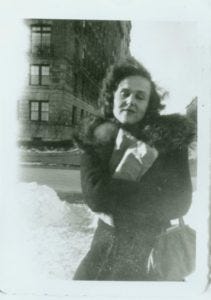
Joan Vollmer was born Feb. 4, 1923 in Loudonville, New York. In the early 1940s, she attended Barnard College, a women’s liberal arts college affiliated with Columbia University, where she met, and soon moved in with, Edie Parker.
In 1946, Vollmer began a relationship with Burroughs, even though he was obviously and undeniably gay, and the couple remained together until her untimely death five years later. Although the two were never formally married, Vollmer took his name and they had a son, William Burroughs, Jr.
On Sept. 6, 1951, Vollmer and Burroughs attended a party in Mexico City, where they were living at the time. In a drunken game of William Tell, Vollmer placed a glass of water on top of her head and Burroughs attempted to shoot at it. He missed. The bullet hit Vollmer in the head and killed her.
Vollmer is thought to be the most prominent female member of the early Beat circle. Burroughs even admitted later that had it not been for her death, he probably wouldn’t have become a writer.
Carolyn Robinson Cassady
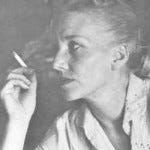
Carolyn Elizabeth Robinson was born April 28, 1923 in Lansing, Michigan and grew up with a love of the arts. In 1947, she moved to Colorado to pursue a master’s degree in Fine Arts and Theatre Arts at the University of Denver.
She soon met Neal Cassady, Allen Ginsberg and Jack Kerouac. Ginsberg was temporarily staying in her residence hotel apartment while looking for his own apartment in Denver. During this time, Robinson, Kerouac and Cassady would frequent the downtown clubs and bars and it wasn’t long before Cassady and Robinson began a love affair. Cassady, however, was still married to LuAnne Henderson and one night Robinson found the married couple in bed with Ginsberg. She ended her relationship with Cassady and moved to San Francisco.
But, not long after leaving Denver, Cassady followed her and had his marriage to Henderson annulled. In March 1948, Robinson and Cassady were married. Together they had three children.
For a few months in 1952, Kerouac lived with the Cassady’s while working on his writing and began an affair with Carolyn that would last until 1960.
After Cassady’s death, Carolyn moved to London, England, where she still resides.
In 1970, Doubleday contacted her about writing her memoirs of her life with Cassady and Kerouac. Since she was unable to get permission to print Kerouac’s letters, the book was temporarily shelved.
In 1990, her memoirs were finally published as Off the Road: Twenty Years with Cassady, Kerouac and Ginsberg. She also wrote Heart Beat: My Life With Jack and Neal, which was later made into a movie.
Elise Cowen
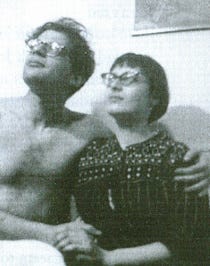
Elise Nada Cowen was born in 1933 in Long Island, New York. While attending Barnard College in the early 1950s, she became friends with Joyce Glassman.
It was during this time that Cowen was introduced to Allen Ginsberg by her philosophy professor, Alex Greer. Although Ginsberg had recently embraced his homosexuality, he began a romantic relationship with Cowen in 1953.
Although the two shared an intense intellectual connection, the relationship soon dissolved, but they remained friends. When Ginsberg became lovers with Peter Orlovsky, Cowen began a sexual relationship with a woman and, at one point, the two couples shared an apartment.
Having dealt with depression her entire life, Cowen began having severe psychological breakdowns and was admitted to Bellevue Hospital. In early 1962, she checked herself out, against doctors’ orders, and returned to her parents’ home in Washington Heights, Manhattan. It was here on Feb. 1, 1962 that Cowen committed suicide by jumping through a window and falling seven stories to the ground.
While none of her poetry was published in her lifetime, Cowen was thought to be one of the great Beat poets of the time. Her parents destroyed most of her poems and journals after her death, but 83 of her poems rested safely in her friend, Leo Skir’s, basement. Over the years, Skir has sent some of Cowen’s poetry to several literary magazines, including Evergreen Review. Also, for the book, Women of the Beat Generation, Skir provided never-before-published poems by Cowen.
Joyce Glassman Johnson
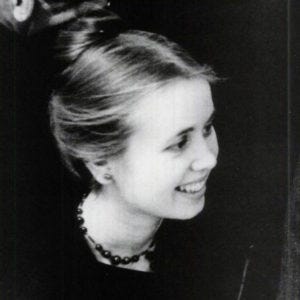
Joyce Glassman was born in 1935 in Queens, New York. She grew up in Manhattan’s Upper West Side, not far from the apartment of William and Joan Burroughs.
At 16, she attended Barnard College, where she became friends with Elise Cowen, who introduced her to the Beat circle. It was Ginsberg, Cowen’s then-boyfriend, who urged Glassman and Kerouac to meet on a blind date in January 1957.
Kerouac and Glassman would date for the next two years. At the time of On the Road‘s publication, Johnson was working on her first novel, Come and Join the Dance.
After her relationship with Kerouac ended, Glassman would go on to marry artist Jim Johnson, who died in a motorcycle accident in the early 60s, and whose name she still carries. Then she married another artist, Peter Pinchbeck, with whom she had a son and later divorced.
Johnson has published three novels, Come and Join the Dance, In the Night Café, and Bad Connections, and two memoirs, Missing Men and Minor Characters, which documents her affair with Kerouac and won a National Book Critics Circle Award.
These great women were at the centre of the beat movement. Although mostly unknown in the 40s and 50s, each would each go on to be known as prominent beat poets and artists.
